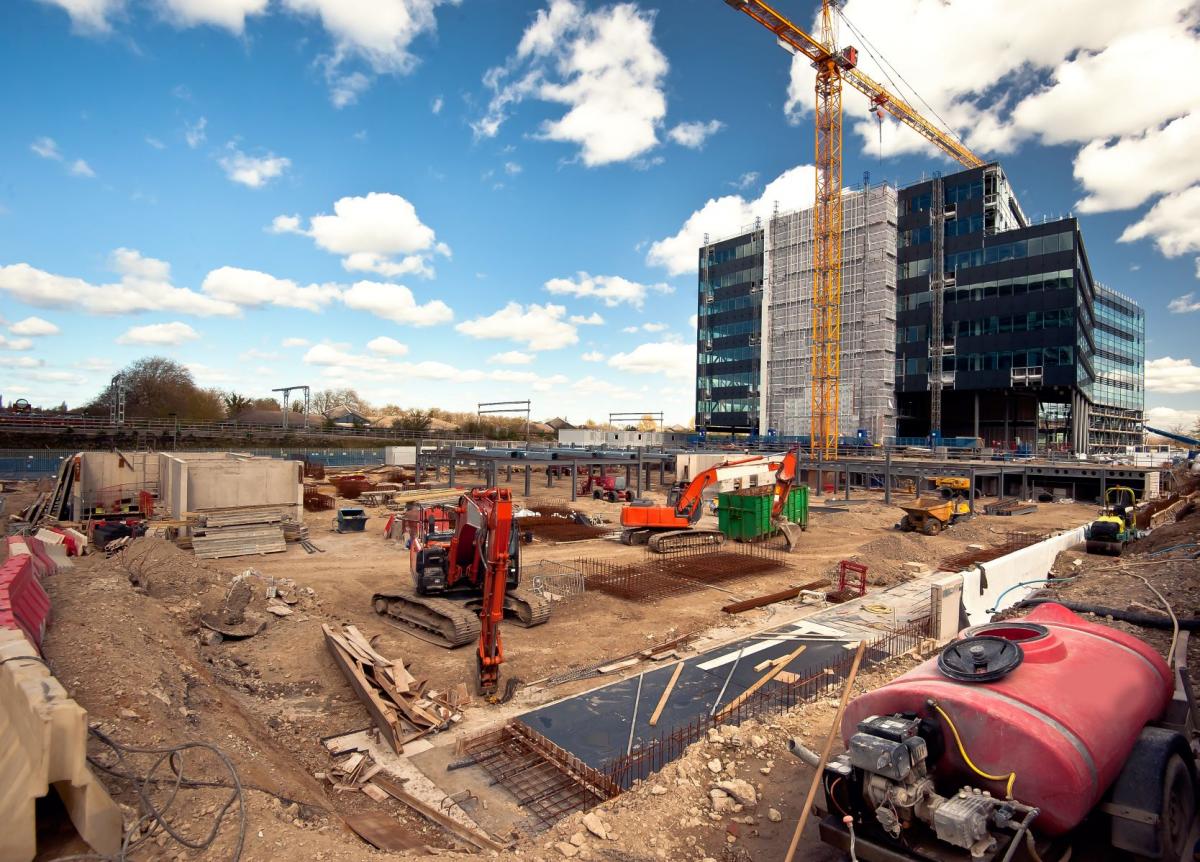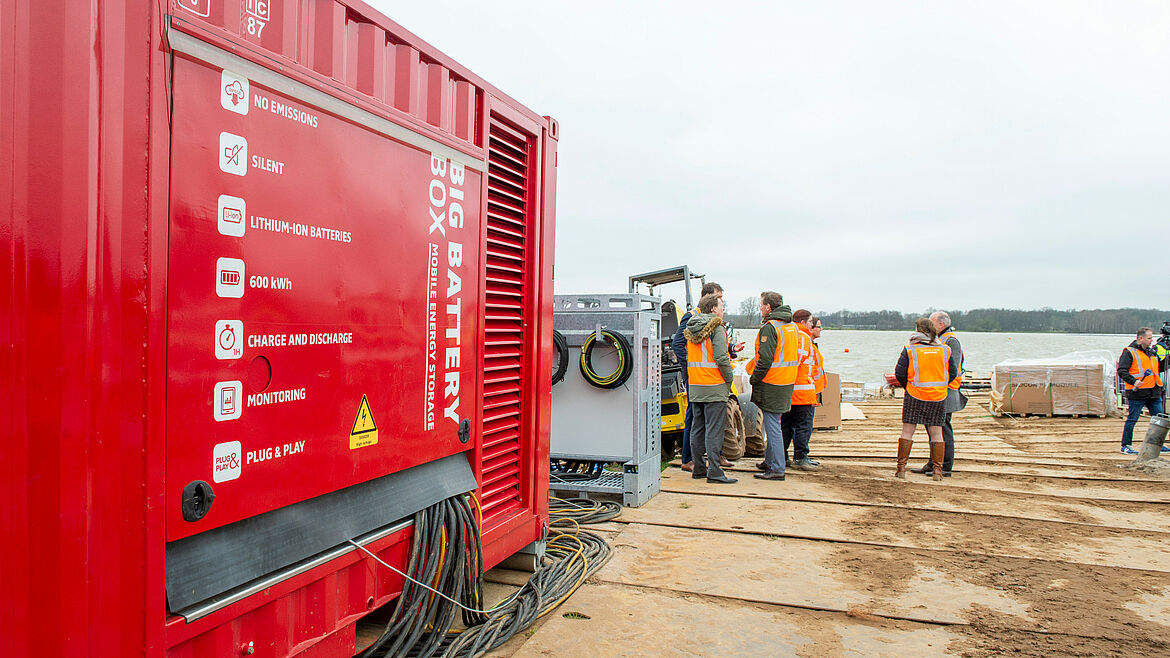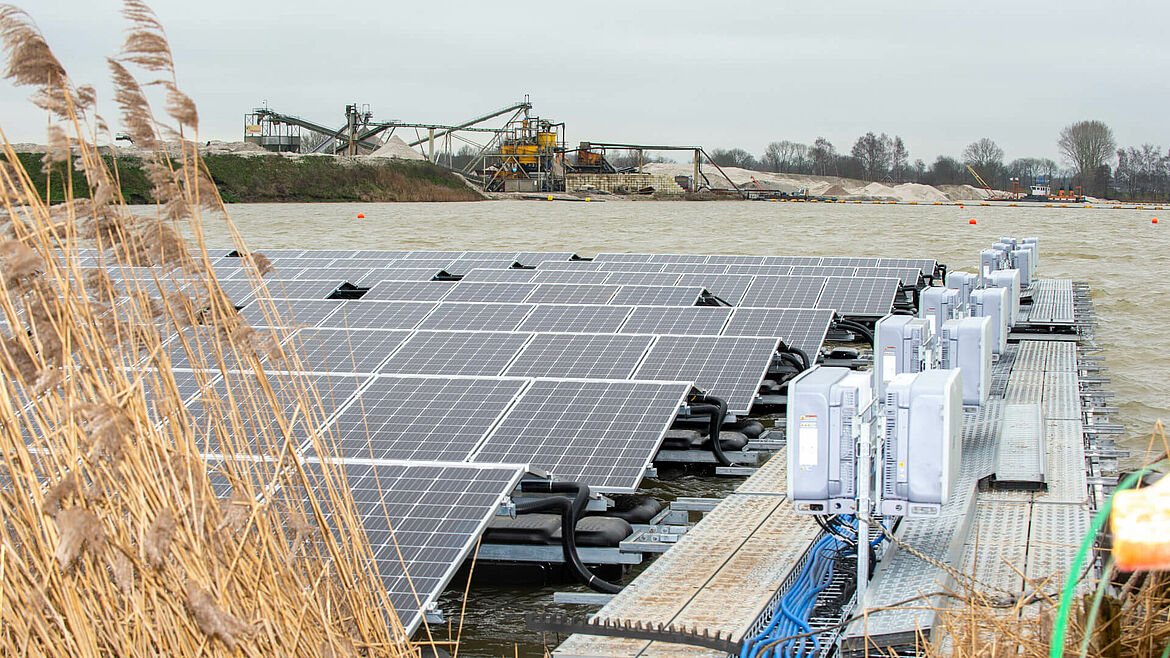Construction sites, known for their high energy requirements for powering equipment, are major producers of greenhouse gas emissions. Faced with a surge in urban construction and increasingly stringent carbon reduction regulations worldwide, builders are turning to renewables-based hybrid systems to power their sites.
The world has experienced a surge of urban growth in recent years. More than half of today’s population lives in metropolitan areas, and an estimated two-thirds is projected to live in cities by 2060. In order to accommodate this increase in urban density, city planners project they will add 2.48 trillion square feet of new construction. Yet, there’s one problem: many cities have committed to ambitious carbon reduction policies and the construction industry is a major producer of greenhouse gas (GHG) emissions. It’s responsible for 39% of all energy and process-related carbon dioxide emissions emitted worldwide.
From power tools and lighting to forklifts and security systems, construction sites are power-intensive, while their energy usage and emissions are ever-increasing. In fact, according to the International Energy Agency’s 2019 Global Status Report for Buildings and Construction, buildings sector emissions reached a record high in 2018, increasing 2% from 2017 to 2018.

Experts agree that the construction sector should be a primary target for GHG emissions mitigation efforts as organizations and government agencies strive to reach carbon reduction goals. A few pioneering organizations have shifted the paradigm recently to power building sites with renewable energy sources.
BayWa.re is one such company. Considered an industry leader in floating solar, BayWa.re has brought online over 4.5 GW of renewable energy projects and currently manages 8.5 GW of renewable assets around the world. In 2017, the renewable energy development firm set a carbon neutrality goal for all of its global operations. With sustainability in mind, BayWa.re developed a modular, renewables-based solution that would provide clean, self-generated on-site power for its construction projects around the world.

Peter Hussinger, a product development engineer for BayWa r.e.’s business entity “Energy Solutions” worked to develop and test a mobile storage solution to supply power to solar farm construction sites in Europe. During the engineering and design stages, engineers used HOMER to model multiple configurations and demonstrate system feasibility. Hussinger has used HOMER as a design tool for eight years and appreciates its quick and comprehensive modeling and simulation capabilities.
“With HomerPro, we are able to virtually travel across Europe and test our mobile batteries during different seasons and climates before going out in the field,” he explains.
The resulting systems are ready-to-install, small outdoor cabinets with 90 kWh of capacity, 90kVA peak power, and multiple charging options for solar PV. The mobile batteries are able to charge tools, lighting, and security equipment for on-site facilities and electric construction machines. Once construction is completed on a solar farm site, the solar panels can be disconnected from the battery and begin injecting energy into the grid.
To date, 10 of BayWa.re’s PV projects have been deployed and the results are impressive. Hussinger estimates that on an average site, the system can offset one ton of CO2 per week and 400 liters of diesel. Considering that large projects can last nine months to a year, the total carbon emissions offset can represent a significant emissions reduction.
“We at BayWa r.e. are already a step closer on our way toward carbon-free construction sites and on the road to a “zero-emission” way of working at all our construction sites,” he adds.

Three years ago the company’s leaders suggested, “What if we started asking more ‘what ifs’?” in order to innovate in the renewable energy sector. Piloting novel configurations has helped BayWa.re advance the system’s design and test its capabilities.
The company deployed a modified version of its hybrid solar charging system during the construction of a large-scale solar farm in Sekdoorn, Netherlands. In this system configuration, batteries were able to be simultaneously charged with DC via solar modules and AC via connected solar inverters. In most cases, when a battery is discharged overnight, an outside power source such as a diesel generator or grid is needed for start-up support. In this system, however, DC charging via solar modules enabled the system to black start, while a sophisticated monitoring system allowed remote battery monitoring and operation. BayWa.re estimates that by generating on-site renewable energy, the system saved more than 4,000 liters of diesel or more than 10 tons of CO2 emissions.
In the coming years, as urban planners and government agencies work to build more green infrastructure and accommodate our surging population with new construction, it will be exciting to see the emergence of innovative energy solutions that are helping accomplish these goals with carbon-free alternatives.

UL Solutions’ HOMER® Pro is the leading pre-feasibility design software for modeling microgrids, with more than 250,000 users in more than 190 countries. It provides engineering and financial analyses of remote, off-grid and grid-tied complex distributed energy systems, helping reduce financial risk for owners and developers. Learn more about HOMER Pro and download a complimentary trial.
